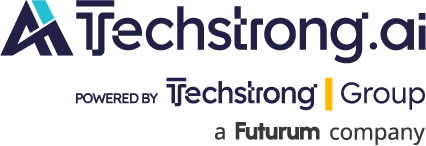
A small group of companies is dramatically outpacing their competitors in artificial intelligence (AI) adoption, while most organizations face mounting challenges that threaten to undermine their AI investments, according to new research released Tuesday.
Cisco Systems Inc.’s third annual AI Readiness Index, based on surveys of more than 8,000 AI leaders across 30 markets and 26 industries, reveals that approximately 13% of organizations dubbed Pacesetters have maintained a consistent advantage over three years across every measure of AI value.
The gap between leaders and laggards is sharply delineated. While 98% of Pacesetters are designing their networks for AI’s growth and complexity, only 46% of all organizations are keeping pace, so to speak.
Research identified five key practices that separate top performers from the rest. Pacesetters treat AI as a core business priority, with 99% maintaining defined AI roadmaps compared to 58% overall. They also back their plans with resources – 79% make AI their top investment priority versus just 24% of other companies.
Infrastructure investment distinguishes leaders as well: A full 71% of Pacesetters report networks that can scale instantly for any AI project, compared to only 15% overall. Three-fourths plan to invest in new data center capacity within the next year.
Perhaps most significantly, Pacesetters excel at moving beyond experimentation. A full 62% have mature processes for scaling AI use cases, compared to 13% of other organizations, and 77% have already finalized their use cases versus 18% overall.
The disciplined approach yields measurable returns – 90% of Pacesetters report gains in profitability, productivity and innovation, compared with 60% across all respondents.
The study comes as organizations prepare for the next wave of AI adoption. A full 83% plan to deploy AI agents that can act and learn continuously, and nearly 40% expect them to work alongside employees within a year.
But for most companies, these advanced systems may expose critical vulnerabilities. More than half of respondents say their networks cannot scale for the complexity or data volume AI agents will require, and only 15% describe their networks as flexible or adaptable.
Cisco’s report introduces the concept of AI Infrastructure Debt, describing it as the accumulation of compromises, deferred upgrades, and underfunded architecture that gradually erodes AI value over time.
Warning signs are already emerging: A full 62% of organizations expect workloads to rise by more than 30% within three years, while 64% struggle to centralize data. Only 26% have robust GPU capacity, and fewer than one in three can detect or prevent AI-specific threats.
Security represents another critical challenge. While 87% of Pacesetters report high awareness of AI-specific threats, only 42% of all organizations say the same. Just 31% of companies overall feel fully equipped to control and secure AI agents, compared to 75% of Pacesetters.

